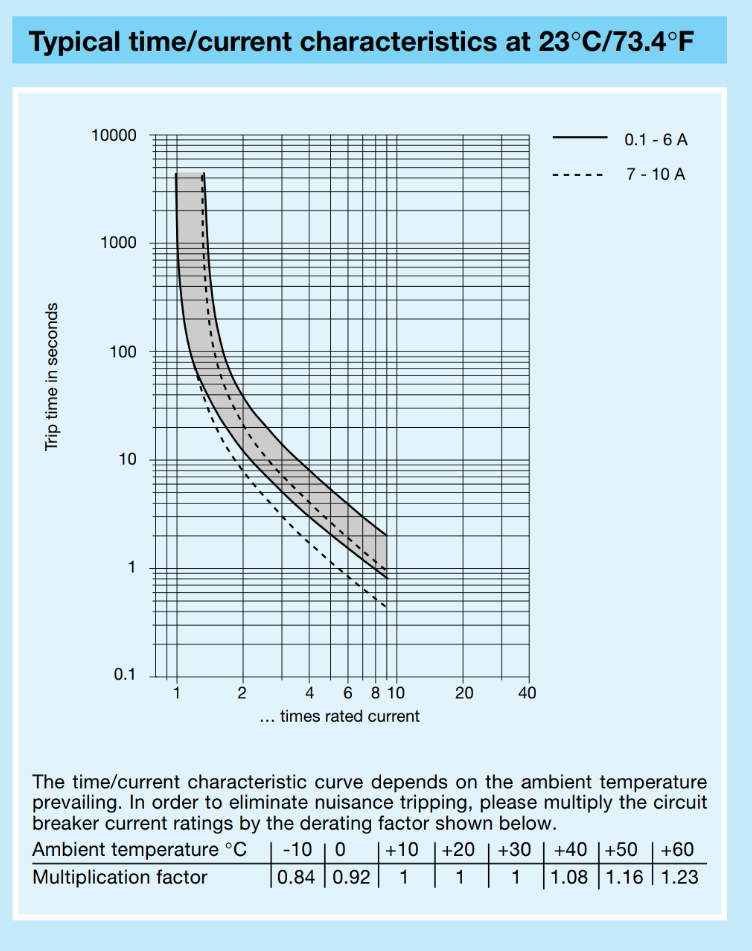Isolation
When working with an AC input, it's important to have isolation to prevent shock. A variac doesn't provide isolation, but the main transformer does, so that is covered.
The switching supply I confirmed is isolated. In its previous use, the output ground was connected to chassis and earth ground, though I'm going to remove this.
By doing this, all of the outputs are isolated not only from mains, but also from ground. This means either of the outputs, or the remote switch lines can be connected to earth without causing a short. Given that the output wires are open and exposed, this is very important. If one were to contact ground from a piece of equipment or a metal table, no issues will occur.
However, this allows a static charge to build up on the output/circuit side compared to ground. I'll connect them with a 1M ohm resistor to bleed that off, as well as a higher voltage capacitor so that any esd can be routed to ground.
Of course if the outputs are sorted, then the breakers offer protection, but current won't flow through an item being contacted to ground.
Breaker protection
I wanted to confirm how well these breakers will offer protection, especially the input breaker. This is an E-T-A 41-06-P30 breaker, rated 250VAC/48VDC, 1.5A.
I did some testing with multiple samples. I allowed them to cool between tests. I tested at DC, I'm not positive if this makes a difference vs AC, but it doesn't show a difference on the datasheet. I used an HP 6643A supply, and an HP 6060A DC load for testing.
| Current | Time to trip |
| 1.75A | -, -, >60min, >60min |
| 2A | 290, 527, 187, 224sec |
| 3A (2x) | 22, 24sec |
| 4.5A (3x) | 8, 8sec |
| 6A (4x) | 4, 4sec |
Here is the trip time/current chart from the datasheet

We can see that at 2x, it should be between about 12-40sec, which matches data. Likewise with 3x between 5-15 and 4x between 3-8.
The chart shows that at 2A (1.33 times rated), it may technically never trip, but at minimum would be 60sec. At 1.75A, none of the samples ever tripped.
I'm not sure if I'm satisfied with this level of protection. It'll certainly protect against an output short where current will spike, but for low level overload, I'm less impressed. I'll try a second breaker, but maybe if I just use the third one I tested above it'll be fine.
I have a number of E-T-A 1110-F112-P1M1-1A, which are rated at 1A. They have a similar profile as above, but with the lower rating, will trip earlier. They are a nicer format, as a push-push actuator, and could be used as the power switch. Additionally I have a matching 10A one, so both input and output would look the same. I had passed them by because 1A was lower than I wanted, but seems worth trying.
| Current | Time to trip |
| 1.25A | >30, >60, min |
| 1.5A (1.5x) | 70, 66, 65sec |
| 1.75A (1.75x) | 38, 36, 33sec |
| 2A (2x) | 20, 18, 18sec |
| 3A (3x) | |
| 4A (4x) |
Using this would limit output current to about 9A. (Or with a half secondary output, 18A)
 Quinn
Quinn
Discussions
Become a Hackaday.io Member
Create an account to leave a comment. Already have an account? Log In.